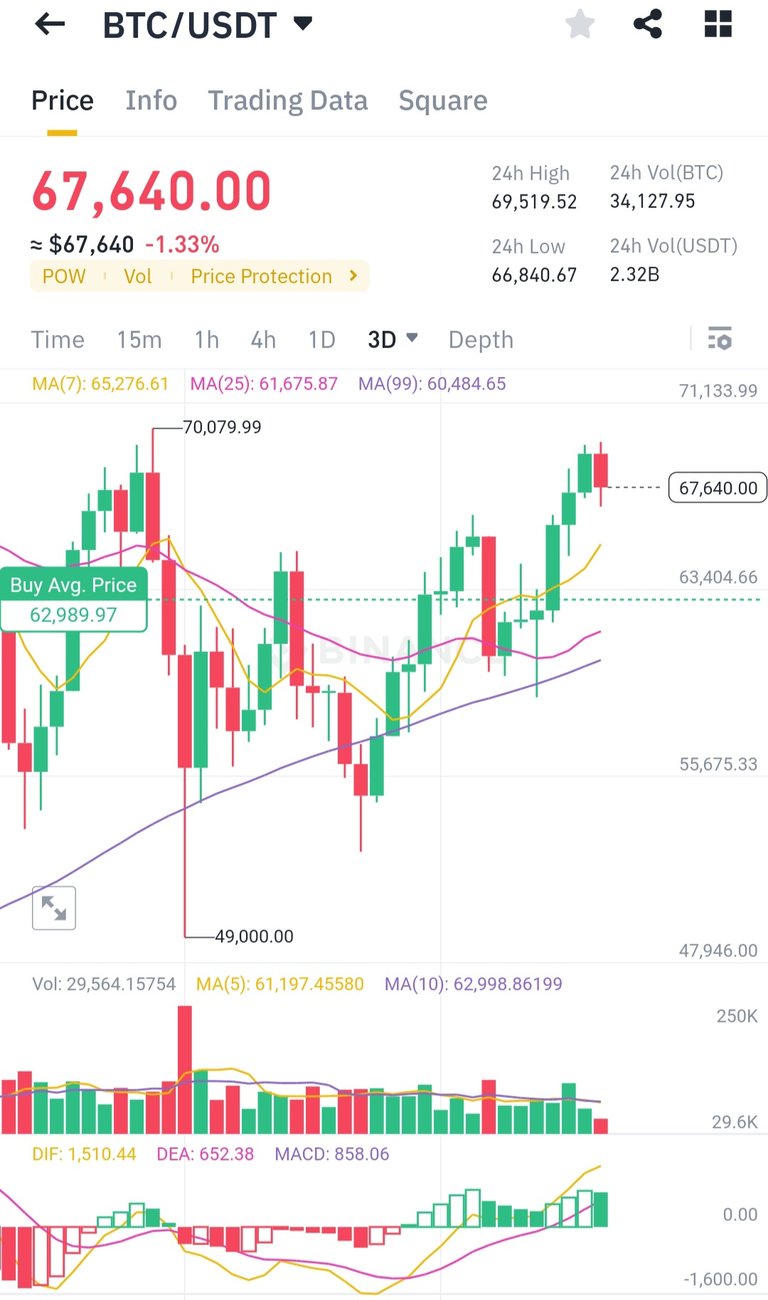Cryptocurrency markets are known for their high volatility, and a recent example of this was the sudden drop in Bitcoin (BTC) from $69,000 to $66,800 in a matter of minutes. This unexpected dip not only affected Bitcoin holders but also sent shockwaves through the entire altcoin market.

Altcoins, or alternative cryptocurrencies to Bitcoin, tend to follow BTC's price movements closely due to its market dominance. When Bitcoin’s price drops sharply, many altcoins experience even more drastic declines, as traders move their assets out of riskier altcoins and into more stable options like Bitcoin or stablecoins.
The sharp drop in Bitcoin's price can often be attributed to a combination of factors like market speculation, liquidations of leveraged positions, or sudden large sell-offs by whales (large investors). This rapid price movement can cause a chain reaction across the cryptocurrency market. Altcoins, which are often more volatile than Bitcoin due to their smaller market caps and less liquidity, can experience even more extreme fluctuations. For example, Ethereum (ETH) and other popular altcoins may lose a significant portion of their value in minutes which might lead to panic among investors. Smaller altcoins can be even more susceptible to price crashes, as their markets are easily influenced by large trades.
This recent Bitcoin correction, while not as severe as some crashes seen in the past, highlights a broader trend in the cryptocurrency space. Compared to the last major bull run in 2021, the market sentiment and investor behaviour have shifted. During the 2021 bull run, many investors believed in continuous exponential growth for Bitcoin and altcoins, driven by strong retail interest, institutional adoption, and general optimism about the future of decentralized finance (DeFi), non-fungible tokens (NFTs), and blockchain technology.
However, the current market environment feels different. While Bitcoin reached $66,800, many investors and analysts would be more cautious now. They understand that sharp corrections are part of the market cycle, and many are preparing for a more measured, less euphoric phase of cryptocurrency growth.
Regulatory uncertainty, concerns about inflation, and global economic factors are influencing the market’s outlook. In contrast to the 2021 bull run, where excitement around NFTs and DeFi was at its peak, investors today seem more focused on the utility and long-term sustainability of blockchain projects rather than short-term speculative gains.
Another change in perspective is the increased role of institutional investors. While retail traders dominated the 2021 bull run, today’s market is seeing more institutional participation. These investors tend to have different strategies, often focusing on long-term growth rather than short-term price swings, which could result in more stability but also slower growth than during the previous bull cycle.